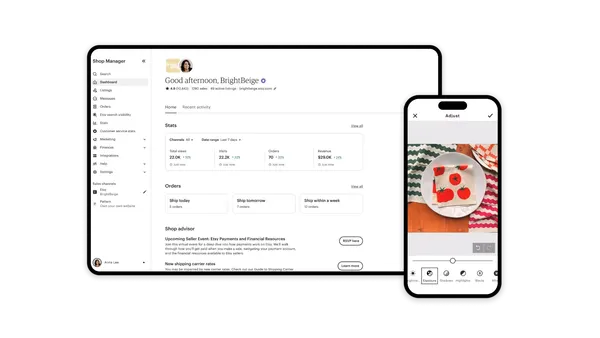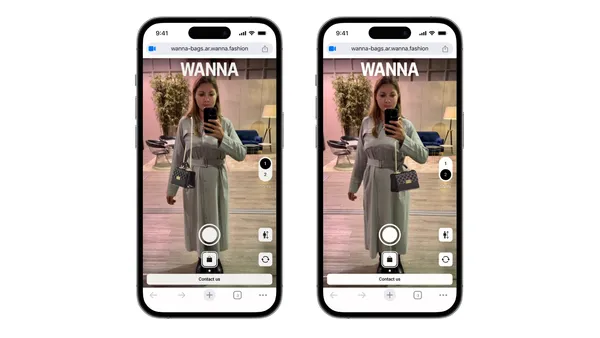For years now, traditional retail stores have been under attack. Consumers love the convenience and selection of shopping online, leaving brick-and-mortar stores to be dubbed a dying breed. In fact, over 3,800 stores closed in the US in 2018 alone and we saw some of our most cherished and longstanding retail brands close doors forever. So is this a retail apocalypse?
I would say it is more of a retail rebirth. Consumers still want to shop in-stores, they just want to shop in a different way. We are seeing online retail mainstays like Amazon and Warby Parker starting to invest in physical shops. There are several reasons for this, but more than anything, it’s that consumers want choice. There are some purchases they prefer to do online and other they would rather touch and feel before swiping their credit card. Having a strong combination of both will help companies cater to all their customers in a multi-channel way. And it’s this combination that will disrupt the retail industry as we know it.
Those of us that know Amazon and Warby Parker, know that they won’t create the same old retail scene. They will want to eliminate the frustrations that consumers today feel about in-store shopping, make it more modern, and provide experiences that will keep bringing customers in. There are a million ways they could tackle this. Everything from bundling shopping with other attractions and activities to experiential retail. The sky is the limit.
Following that trend, Artificial Intelligence (AI) is also making its way into stores…but not in the way you may think. We aren’t quite at the future where robots will be roaming around stores catering to every customers’ need. However, where AI is playing a pivotal role in stores today is by acting as an assistant for store employees – helping them provide a better overall experience.
For example, often, customers have questions that aren’t common knowledge for the store workers. They either must call the internal support team for answers or the deflect the question completely – leaving customers waiting and frustrated. AI is helping make these painful situations significantly better. Whether it’s an update to a return policy, redeeming reward points, registry issues, sale questions -- AI is helping provide answers to those “HQ-level” questions so that the clerks have everything they need at their fingertips.
Not only is AI helping employees answer general customer questions, but it can also help these employees provide personalized service for every person that walks in the door. By providing contextual answers, information can be tailored based on the location, seasonality or other policies that would vary from store to store. AI can recommend options or services that are available in that store and avoid making general suggestions that may be out of stock or not available in that specific location. This type of service would be impossible without AI working in the background to quickly access data. It’s helping make associates smarter on business issues and even the customers that walk into the store – so they can create a “wow factor” experience that leads to long-term loyalty.
So often when we think about the reinvention of retail, the conversation immediately moves to how technology is changing the online customer journey. However, brick-and-mortar retail should not be ignored. It’s been around since the dawn of modern civilization and has staying power. It just needs to change with the times. That is where many traditional retailers have fallen. Their customers changed, and they didn’t. Retailers need to arm their employees with technology that gives them access to information faster and keeps up with the wealth of information customers bring into the store each day, with the smartphones in their pockets. People still like to shop, just not how they used to. As buying power moves to the younger generation who value convenience and instant gratification, creating a modern, experiential experience will be critical to long-term success.










